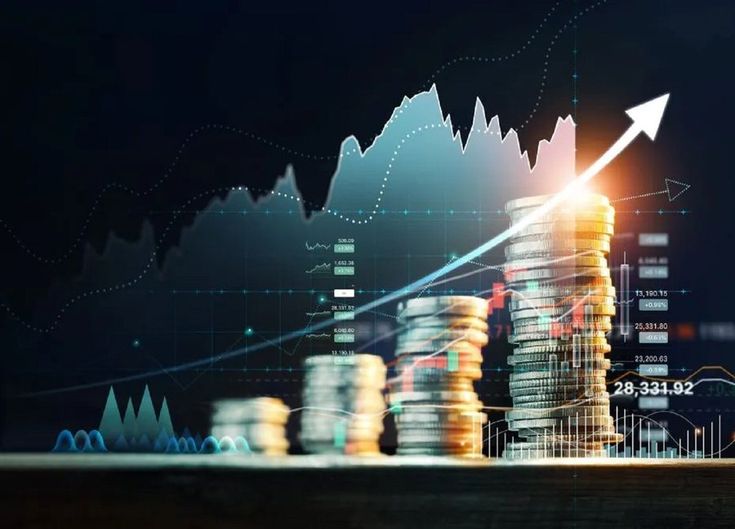Beyond Bitcoin: Navigating the Evolving Crypto Frontier

- Repoter 11
- 17 Jan, 2025
The Ever-Shifting Sands: Charting the Future Course of Cryptocurrency
Bitcoin. The name itself conjures images of digital gold rushes, overnight millionaires, and headlines that vacillated between revolutionary technology and speculative bubble. It was undeniably the trailblazer, the digital currency that burst forth from cryptographic obscurity into the global financial consciousness and captured the public's imagination. But in the fast-paced, ever-evolving world of digital assets, Bitcoin, while still dominant, is merely the opening chapter of a much larger, more complex saga. The cryptocurrency landscape is constantly morphing, innovating, and presenting new possibilities—and potential pitfalls. Staying informed isn't just advantageous; it's crucial if you want to navigate what comes next without getting lost in the digital dust.
Getting Grounded: A Refresher on the Crypto Realm
Before we peer into the crystal ball, let's quickly re-establish our bearings. At their core, cryptocurrencies are fundamentally digital or virtual tokens. Think of them less like the coins in your pocket and more like unique entries in a vast, shared digital ledger. They were conceived with grand ideals: to be borderless, accessible to anyone with an internet connection (public), and free from the control of any single entity like a bank or government (decentralized).
How is this seemingly magical decentralization achieved? Through a groundbreaking technology called blockchain. Picture an enormous, incredibly secure, and continuously growing digital record book. This book meticulously tracks every single transaction ever made with that specific cryptocurrency. The term "blockchain" itself offers a clue: transactions aren't just listed randomly; they're gathered into batches called "blocks." Once a block is full and verified, it's cryptographically sealed and permanently added to the end of the existing "chain" of previous blocks, creating an immutable history stretching back to the very first transaction.
What makes this truly revolutionary is its transparency and distribution. Anyone can theoretically view the transactions recorded on the blockchain (though they typically don't reveal real-world identities, only cryptic wallet addresses). Crucially, this digital record book isn't stored in one vulnerable location. Instead, copies are distributed across thousands, sometimes tens of thousands, of computers worldwide. These computers, known as "nodes," constantly communicate, cross-reference, validate new transactions, and update their copies of the blockchain. This massive distribution makes the system incredibly resilient to censorship, single points of failure, and tampering.
Now, with that foundation laid, let's explore the currents shaping crypto's future. While the economic tides can shift and unforeseen innovations can emerge, several key trends are undeniably carving out significant paths forward: the expanding universe built on the Ethereum Blockchain, the curious case of NFTs, the rise of Decentralized Applications (DApps), and the quest for stability through Stablecoins. Let's dissect each of these to assemble a clearer mosaic of where this digital frontier might be heading.
Beyond Bitcoin: The Expansive Universe of the Ethereum Blockchain
Bitcoin undeniably paved the way, proving the concept of a decentralized digital currency powered by a blockchain. It remains the behemoth, the most recognized name, and often the benchmark against which all others are measured. However, its design, while revolutionary for its time, was primarily focused on one thing: being a peer-to-peer electronic cash system. Many brilliant minds saw the potential of blockchain technology extending far beyond simple value transfer. This drive for greater functionality led directly to the creation of Ethereum, the second-largest cryptocurrency by market capitalization and arguably the most influential platform for broader blockchain innovation.
At first glance, Ethereum shares many characteristics with its predecessor:
Leave a Reply
Your email address will not be published. Required fields are marked *




